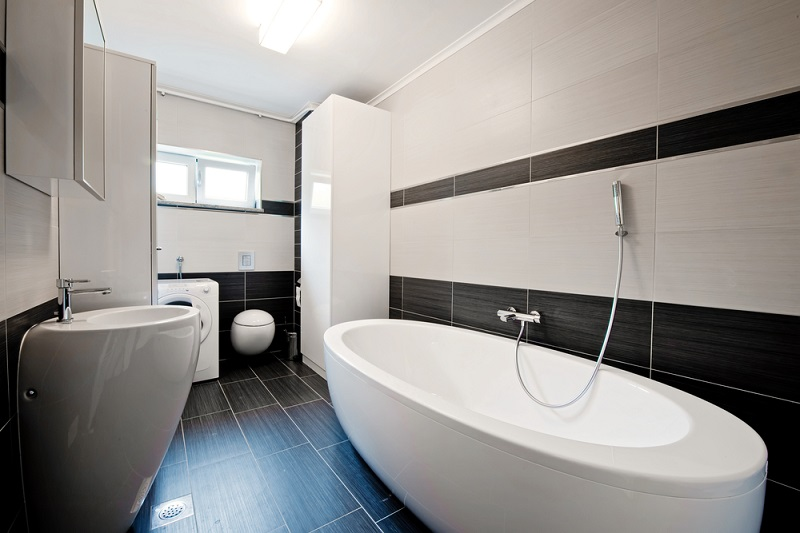Have you Ever wondered how to safely care for a vulnerable loved one within the confines of their home? As a primary caregiver for a dependent relative, or even as an individual reaching the golden years, have you harbored concerns about maintaining accessibility to emergency assistance should the need arise? If your head is nodding in agreement, then consider the medical personal alarm.
A silent sentinel in the form of wearable tech, this life-saving device is designed to keep our concern for safety at bay while empowering our loved ones with a sense of autonomy— even in our absence. This post aims to offer a comprehensive understanding of medical personal alarms, unravelling their function, pros, cons, and why they may prove to be a crucial addition to daily life for those in need of additional safety.
Unseen Guardian Angel: Describe a Medical Personal Alarm
Using a wearable gadget with a straightforward button, a medical personal alarm demystifies the complexities of this technology. Pressing it causes an alert to be issued either straight to emergency services or to a designated caretaker. It keeps a user’s privacy and safety in check, enabling them to live freely while guaranteeing their wellbeing is constantly protected.
In cases of medical emergencies, unintentional falls, or any other unforeseen scenario requiring urgent treatment, this crucial tool helps close the gap between an individual in distress and fast aid. Seniors, people with chronic illnesses, and people with disabilities can all benefit from its design, which helps them maintain their dignity and independence.
When Help Is Needed: Pulses from a Button Press
One-touch operation is the foundation of a medical personal alarm’s fundamental functionality. The gadget, which has a button, can be fastened to a belt, worn around the neck, or worn as a bracelet. The user only needs to push this button to send out an emergency signal in an emergency.
Upon activation, the device promptly records a call to the pre-established emergency contact or response center. Then, using a speakerphone included within the alarm, trained responders establish a connection with the user to evaluate the situation. Medical services, family members, or caretakers are notified if assistance is required, and they offer it right away.
Light of Liberty
Possibly one of the most significant benefits of a medical personal alarm is the independence that it instills in its users. Facilitating the dignity of living alone while ensuring safety, these devices are remarkably comforting. Many alarms are also equipped with GPS tracking, ensuring the user can also seek assistance away from home.
Beyond the call for immediate help, these alarms also function as an ongoing monitoring system, tracking the wearer’s activities and logging any deviations from their routine. Some advanced models even have fall detection and heart rate monitoring, allowing for preventive care.
Weighing the Scales: Are There Any Drawbacks?
Before considering a medical personal alarm, it’s essential to weigh both sides of the coin. While the device offers varied benefits, it does come with a few potential downsides. It might trigger false alarms, leading to unnecessary panic. However, advanced models come programmed with “cancellation” buttons to prevent these mishaps. Additionally, some might find them somewhat stigmatizing or intrusive. Care should be taken that the choice of this device respects the individual’s comfort and consent.
Choosing the Right Medical Personal Alarm
Considering a personal alarm for you or a loved one can feel overwhelming. But remember, the responses you need are based on specific needs. Assess those requirements carefully— be it fall detection, GPS tracking or a two-way speaker system. Consider the wearer’s comfort and user-friendliness. Research thoroughly, explore options and make a well-informed choice that brings peace of mind.
Conclusion
The allure of autonomy and self-sufficiency, without compromising safety, is indeed possible with the right medical personal alarm. A device of liberation and security allows the wearer to live independently, with the reassurance of immediate help when required. Despite the potential cons, the advantages largely outweigh them, promising a blend of freedom and safety.
By understanding its function, appreciating its benefits, and weighing its potential downsides, you are well-equipped to make an informed choice about incorporating a medical personal alarm into everyday living needs. And remember, as with all things, a loving conversation about the need for such a device should always precede its introduction.



